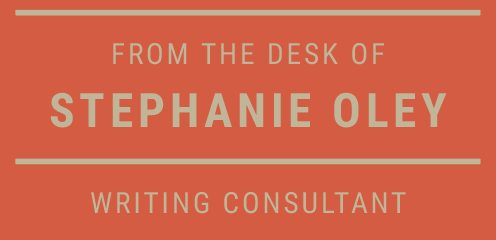Use the right tools to plan a piece of writing, whether it’s a business report or a marketing soundbite, and you’ll cut drastic amounts of writing time.
One of the biggest ‘ah-ha’ moments I see among clients taking my writing workshops is when they get the value of planning.
It’s so tempting to get stuck into the brief straight away – especially when you know your subject matter and write regularly on a subject. But it’s so much faster and more effective to plan first.
Plan the impact you’ll have on your reader. Plan the actions they’ll take after reading. Plan the length and shape of your writing. (By ‘shape’, I mean how many headings, subheads, breakouts, leads and so on you’ll use). Plan the voice you’ll write in. Plan the structure you’ll use. You get the idea.
In my copywriting workshop at CCE, I offer nine planning tools that can be used as needed. Here are my five all-time favourites, which I use again and again in my client copywriting and business writing work.
-
The 6-point strategy snapshot
Can you sum up the personality of your brand or product in a handful of words? If not, this one’s for you. While strategy is a serious field that brands invest in heavily, you can complete this snapshot in less than 30 minutes to give your marketing materials a snappier focus. Simply write your answers to the following: marketing objective, primary benefit to customer, secondary benefit, description of customer, personality of your campaign, and call to action. Then write your copy so it meets those criteria.
-
Language register
It can be hard to speak in your customer’s voice. This tool helps writers formalise the language of their customers, by showing the many variations of any particular word and why you’ll have to choose some and reject others. Write down five on-brand language terms, then write several off-brand language choices next to each one. Use the on-brand words in your copy and you’ll gradually get a sense for this new voice you’ve adopted. (See ‘Authentic voice found at my local bar’ for more on the subject of voice).
-
Hierarchy structure
This is a top-heavy structure where chapters, sections and paragraphs start with a summary statement. You start by writing out the main themes you’ll be discussing, then putting these in order and expanding on them in the order promised at each opening statement. It’s a structure best suited to longer marketing and business pieces, and I’ll write more about this in my next post.
-
Narrative structure
The most intuitive and timeless way of relaying a set of facts, the narrative is bottom-heavy, with conclusions and resolutions at the end. The narrative starts with a generally accepted premise, then builds on this before reaching a turning-point and the outcomes. Think the classic fairy tale: boy plants bean seed, boy climbs beanstalk, boy encounters giant, boy nearly gets eaten by giant, boy escapes with his life intact (along with a rather handy goose that lays golden eggs).
-
Mindmap
After deciding whether you’ll write along a hierarchy or pyramid structure, jot down all the topics you’re planning to include. The best way to do this is by sketching out a mindmap on paper, showing the main branches of thought and then the sub-branches off each one. Number all the parts in the order you’ll address them. Then start writing. This tool is a phenomenal time-saver.






